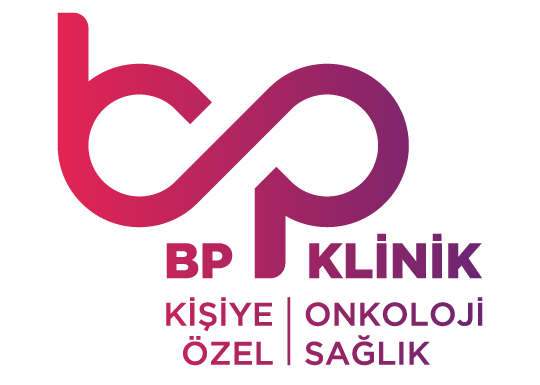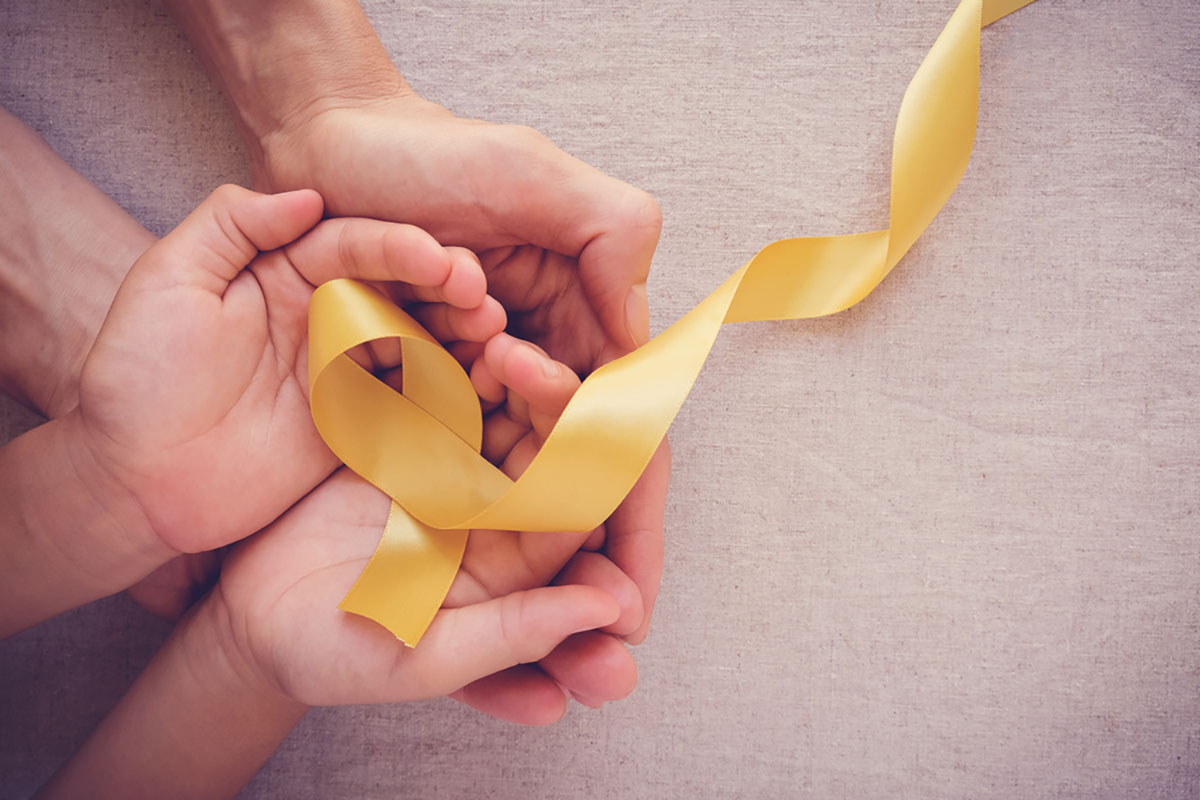Childhood Cancers
Childhood cancers constitute 2-4% of all cancers. Although they are much less common compared to adults, childhood cancer types differ from adult tumors in terms of response to treatment and the side effects that occur after treatments.
The most common childhood cancers are leukemia and lymphomas. These are followed by brain tumors, neuroblastoma, Wilms tumor, and soft tissue tumors.
There is usually no known cause of childhood cancers, and contrary to popular belief, very few types of cancer are hereditary. The best example of hereditary cancer is hereditary retinoblastoma, a type of eye tumor. It can be said that in some hereditary diseases, like neurofibromatosis, the tendency for cancer increases. Factors such as immune system suppression, exposure to radiation, or certain viruses like Hepatitis B, C, or EBV can initiate a process that leads to cancer. However, often there is no clear cause for the development of cancer.
Diagnosis
Unlike adults, there are no screening tests for diagnosing cancer in children, so parents need to be aware of certain symptoms that might indicate cancer.
If a child develops sudden and previously absent symptoms, it might be necessary to consult a doctor. Symptoms such as paleness, lumps, abdominal swelling, growth failure, or abnormal growth in any tissue, bruising on the skin, fatigue, tiredness, pain, fever, and itching warrant a doctor’s visit. Also, as with adult tumors, early diagnosis of childhood tumors is very important, and detecting the disease early and starting treatment increases the chance of recovery.
Treatment
Childhood cancers are highly treatable, and treatments typically involve surgery, radiotherapy, and/or chemotherapy. However, it is crucial to consider that the child is growing, and if normal tissues are affected by these treatments, growth and development may be harmed or stunted. Additionally, both family members and children can be emotionally affected, experiencing more fear, anxiety, and depression during the illness and treatment process. Therefore, a multidisciplinary approach (including pediatric surgeons, pediatric oncologists, radiation oncologists, psychologists, psychiatrists, and, if necessary, physiotherapists and dietitians) should be part of the treatment.
The treatment and post-treatment follow-up should be carried out based on the recommendations of the entire care team, not just the doctor. Families should be well-informed, receive adequate explanations about any potential situation they may face during the process, and be supported in the best possible way. This makes the choice of hospital extremely important for a child and their family undergoing this difficult process.
Radiotherapy
One of the main methods used in cancer treatment is radiotherapy. However, particularly in children under the age of 3, radiotherapy can severely affect growth and development, so efforts are made to avoid or delay it as much as possible. In older children, radiotherapy is applied directly to the tumor area when appropriate.
Radiotherapy itself is not an invasive procedure, but superficial anesthesia may be needed for children who cannot remain still during the treatment. Lower doses are used compared to adult cancers. However, radiation physicists and oncologists must pay attention to critical factors, such as delivering more homogeneous doses to avoid growth abnormalities and recognizing that children’s normal tissue tolerance doses are lower.
Post-Treatment Follow-Up
In the first few years after treatment, the risk of the disease recurring is higher, and early detection of recurrence improves the chances of successful treatment. One of the key aspects of monitoring childhood cancers is observing for side effects of both the tumor and the treatments. Hormone levels should be checked periodically, growth should be monitored, and children who have received chemotherapy or radiotherapy should be carefully watched for secondary cancers. It is also important to remember that all these factors can impact general life, education, and cognitive functions.

